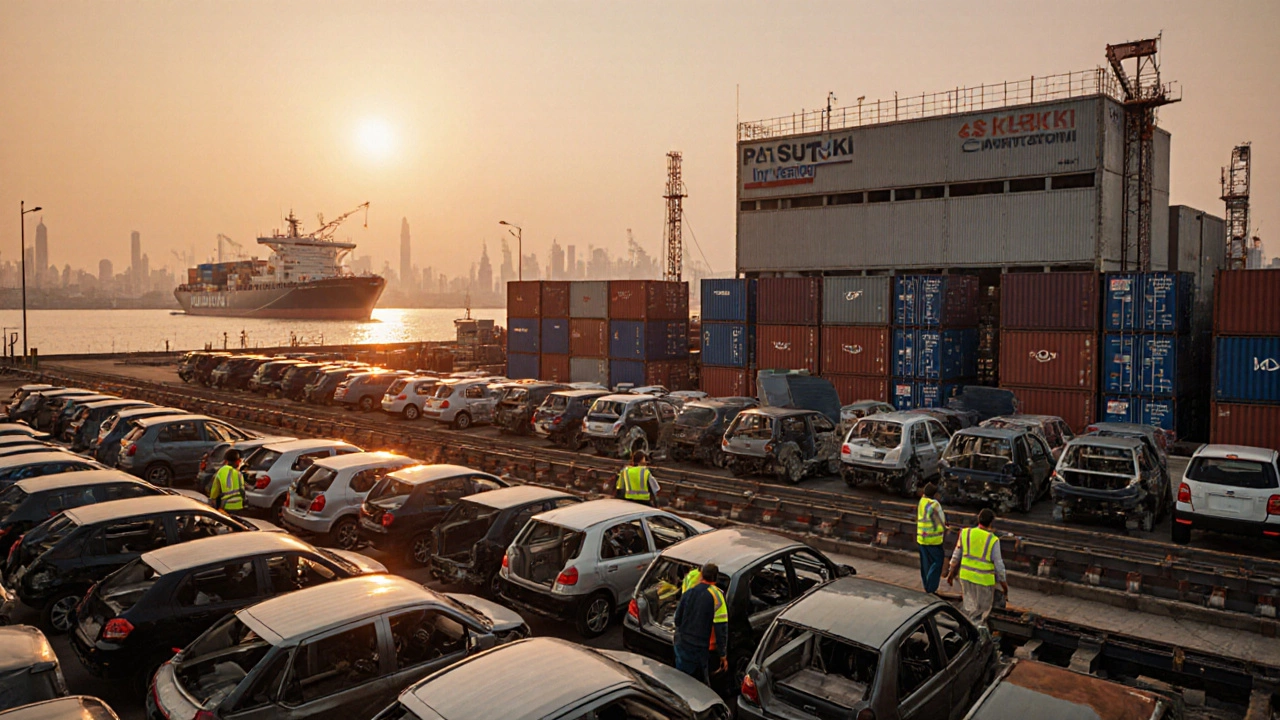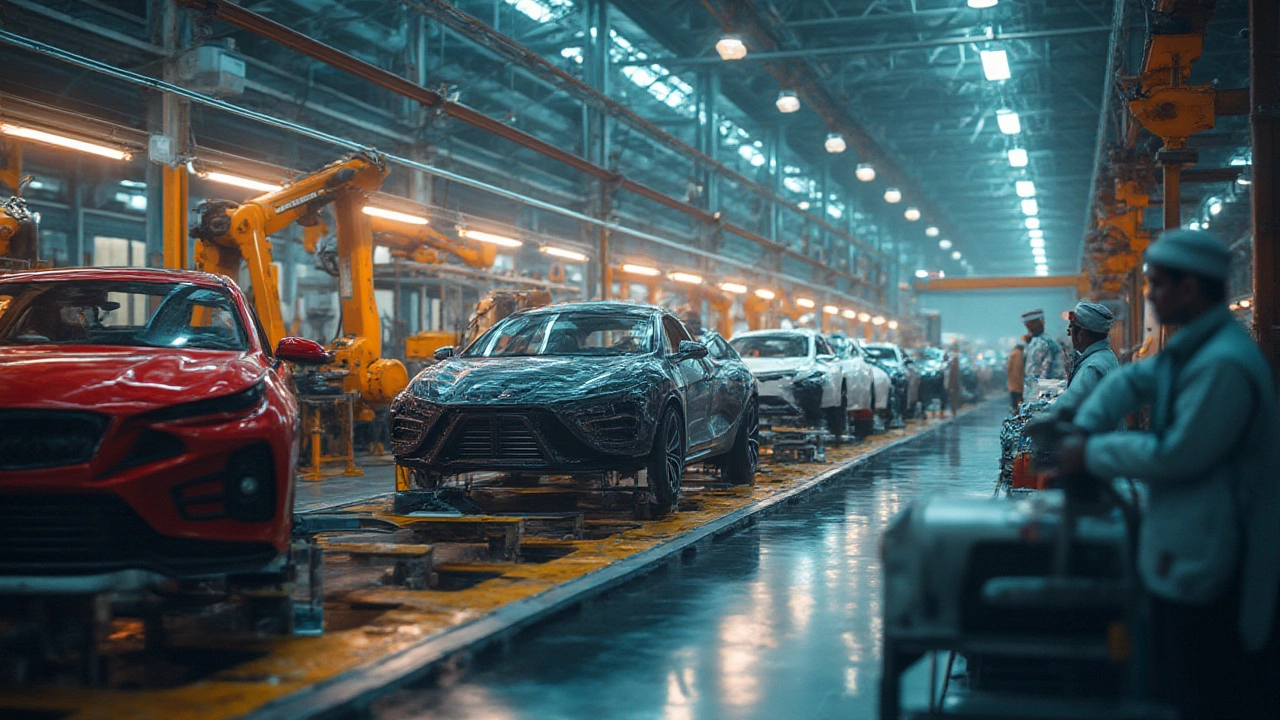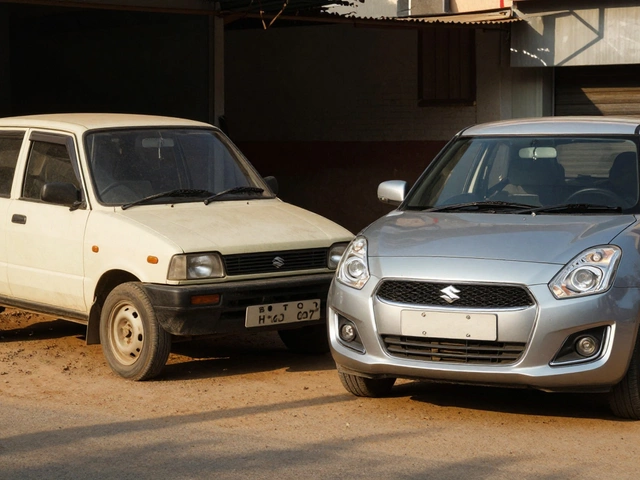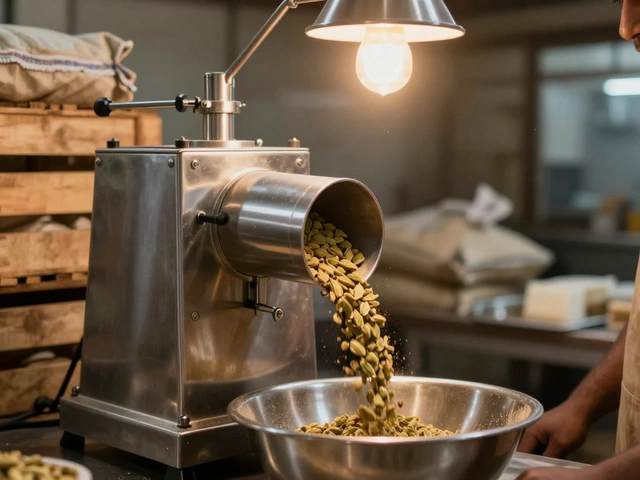Pakistan Car Manufacturing – What’s Happening Right Now?
If you’ve ever wondered where the cars you see on Lahore’s streets come from, you’re not alone. Pakistan’s auto sector has moved from importing finished vehicles to assembling and even producing some models locally. This shift matters for jobs, prices, and the country’s tech base. Below you’ll get the basics – who’s building, what’s being built, and why it matters.
Key Players and Production Hubs
The biggest names in Pakistan’s auto world are Pak Suzuki, Indus Motors (Toyota), and Honda Atlas. They run large assembly plants in Karachi, Lahore and Faisalabad, turning knocked‑down kits (CKDs) into road‑ready cars. Recently, a few new investors – like the Chinese joint venture Ghandhara Nissan and a venture from South Korea – have set up lines for compact SUVs and electric models. These plants usually sit near major ports or highways to keep logistics cheap.
Beyond the big three, smaller firms are looking at niche markets such as pickup trucks, buses, and even electric vans. They often partner with foreign OEMs for technology and rely on local suppliers for components like wiring, interiors and paint.
Challenges Holding Back Bigger Growth
Even with a growing market, Pakistan faces a few roadblocks. First, the supply chain for quality parts is still fragile; many components still come from abroad, which adds cost and lead‑time. Second, the tax structure on imported kits and parts can be unpredictable, making budgeting hard for manufacturers. Third, infrastructure gaps – especially unreliable electricity in some industrial zones – can slow down production runs.
Another hurdle is talent. While engineering schools are producing graduates, hands‑on training for modern assembly techniques and robotics is limited. Companies are starting apprenticeship programs, but scaling them takes time.
Lastly, consumer demand swings with the economy. When the rupee weakens, imported cars get pricier, which can boost locally assembled sales—but it also squeezes import‑dependent parts.
Despite these issues, the government’s “Automotive Development Policy” promises incentives for low‑emission vehicles, tax breaks for CKD assembly, and subsidies for setting up parts plants. If those policies stick, they could attract more foreign investors and help local suppliers grow.
In short, Pakistan’s car manufacturing is moving from a pure import market to an assembly‑focused one, with early steps toward full production. The industry’s future will depend on how quickly supply chains, skills and policies catch up.
Pakistan Car Manufacturing: Current Landscape and Future Prospects
An in‑depth look at Pakistan's car manufacturing scene, covering current plants, policies, challenges, and future growth prospects for the auto industry.
Read MoreAre There Any Cars Made in Pakistan? Exploring Local Car Manufacturing
Explore the facts about car manufacturing in Pakistan—who makes cars there, how local the vehicles really are, and what the future holds for Pakistan's auto industry.
Read More





